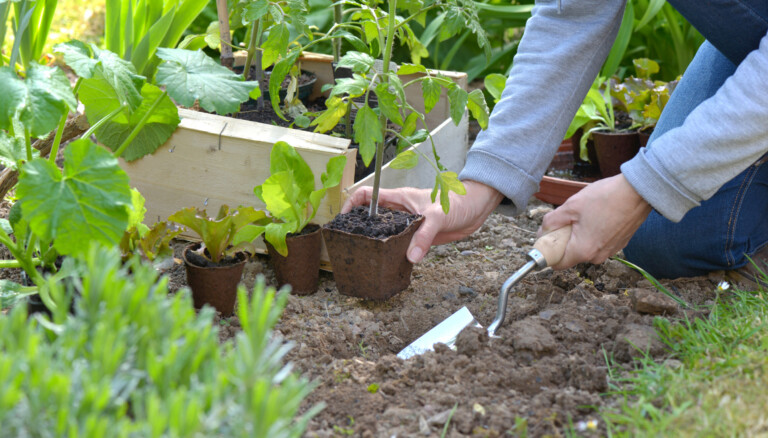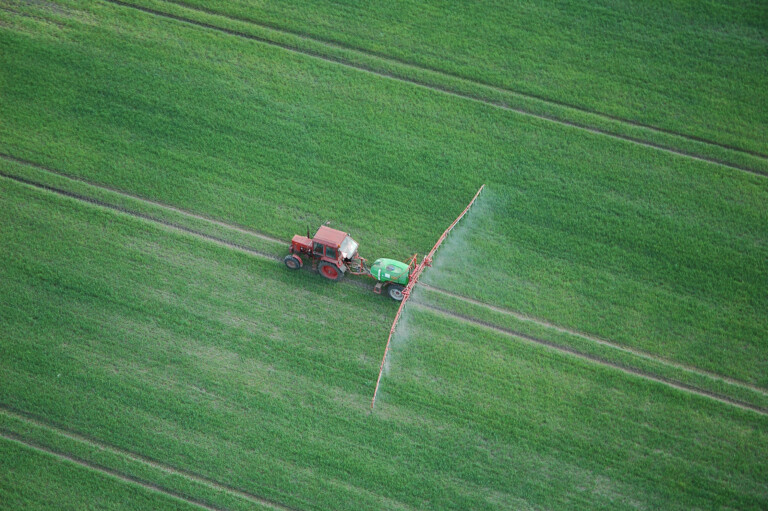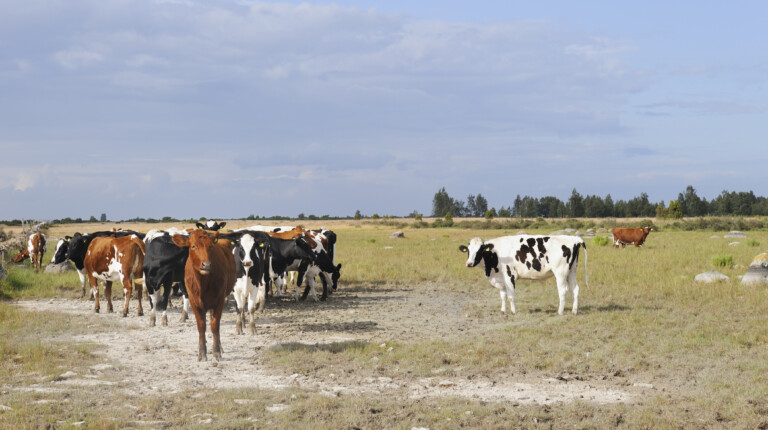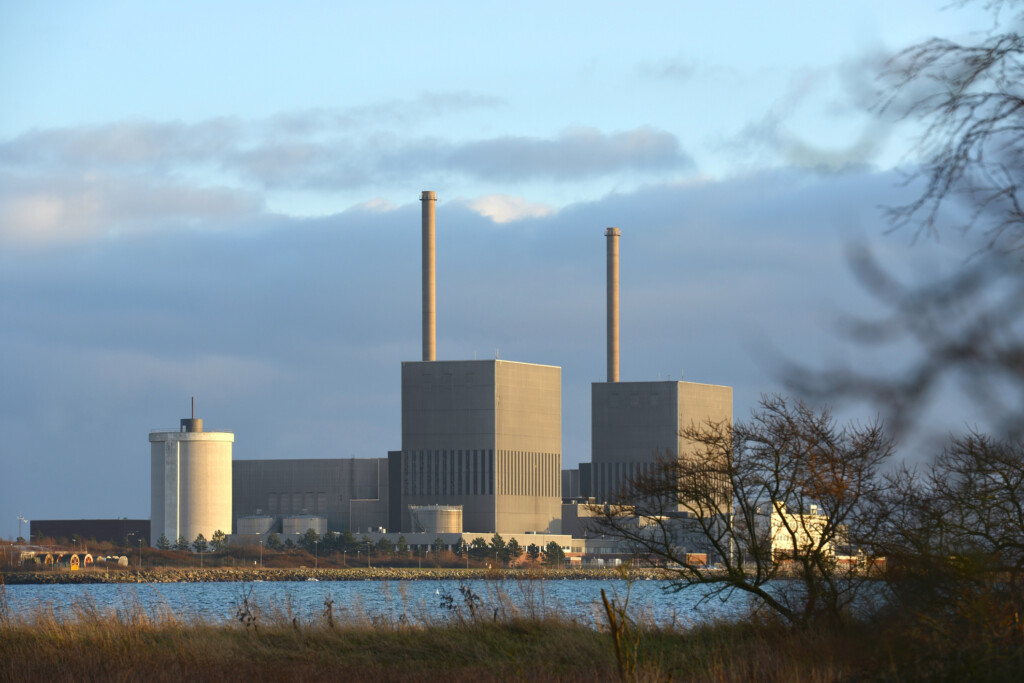Sustainable cities
Vitamin D a challenge in climate-smart food

Vitamin D is found naturally in fish and dairy products, foods that we need to consume less of in a climate-smart world. But how should we eat to safeguard the environment while preventing vitamin D deficiency? In a new project, researchers intend to find the answers.
Prenumerera på Extrakts nyhetsbrev!
Läs mer
Håll dig uppdaterad! Få kunskapen, idéerna och de nya lösningarna för ett hållbart samhälle.
Personal data is stored only for the mailing of Extrakt newsletters and information related to Extrakt’s operations. You can cancel the newsletter at any time, which means you will no longer receive any emails from us
Food accounts for a large part of human-induced climate impact, so we need to switch to more plant-based foods with a lower climate impact. But the transition to such a diet risks reducing our intake of vitamin D, something found in foods like fish and fortified dairy products.
“Oily fish contains by far the most vitamin D, but it is also found naturally in eggs, for example,” says Hanna Augustin, researcher at the University of Gothenburg.
Some groups are particularly vulnerable to vitamin D deficiency. It is recommended that children up to two years old take supplements, since vitamin D is important for skeletal development. But when children stop taking their vitamin D drops, the risk of deficiency increases.
“For young people, it is a crucial period in their growth phase during which the skeletal system should reach its full potential. Pregnant women, too, need a lot of vitamin D to promote the skeletal growth of the fetus.”
The sun’s rays are insufficient
In our northern latitudes, the lack of sufficiently bright daylight causes problems since our bodies need it to produce vitamin D.

Hanna Augustin, researcher at the University of Gothenburg.
“For much of the year, the sun’s rays are insufficient for synthesising vitamin D via the skin, so diet becomes our only source of this vitamin.”
Extrakt previously reported on the expansion of vitamin D enrichment of dairy products to include plant-based drinks and some organic dairy products. In addition, the levels in several products were higher compared to previous levels.
“Fortified foods make a difference, but per serving you can’t compare them with the amounts you get from fish.”
Researchers do not currently know how long the enrichment is good for, and one concern is that the most at-risk groups will not have access to the fortified products.
“We know that many people don’t eat dairy products and so miss out on the enrichment.”
Does everyone get sufficient vitamin D enrichment?
In a new project, the researchers will investigate how we can get enough vitamin D and simultaneously have a low climate impact. Through collaboration with the RISE Research Institutes of Sweden, the researchers gain access to RISE’s database containing climate impact data for different foods. The purpose is to see how we can eat food rich in vitamin D that benefits both our health and the planet.
“We’ll measure the vitamin D value in blood samples collected both before and after the expanded vitamin D enrichment, link it to diet, and calculate the climate impact of the food. Through collaborative partnerships we will be able to cover the many phases of life, from the small child all the way up to middle age.”
The project is expected to provide essential knowledge about how we can get enough vitamin D in a sustainable way in order to promote health for everyone, regardless of background or socio-economic status.
“This means that the project will demonstrate whether vitamin D enrichment is accessible to everyone. We’ll also learn whether enriching other foods can promote equitable health and a lower climate impact.”
Vitamin D
We get vitamin D in two ways: through food and through our skin when we are out in the sun. The vitamin D we get through food comes mainly from oily fish like salmon, herring and mackerel, which contain high amounts of vitamin D. Dairy products, plant-based drinks, margarine and shortening mixtures are also major sources of vitamin D if they are enriched with it. Eggs and meat also contain some vitamin D.
Although there are no broad, representative studies on vitamin D levels in the blood of Swedish people, available studies indicate that the levels for certain groups are inadequate, such as in some immigrant groups and older people who spend little time outdoors.
A national survey in 2010-11 by the Swedish National Food Agency of adult Swedes’ eating habits measured the levels of vitamin D in the blood of a subgroup of participants. The results showed that about 20 percent of participants had a vitamin D status below optimal level (<50 nanomoles per litre). The agency has since raised the requirements for enriching various food groups with vitamin D. The new rules took effect on 16 May 2018, with a transitional period of two years. The new enrichment rules are expected to help more people get the amount of vitamin D they need through their food.
Source: Swedish National Food Agency








